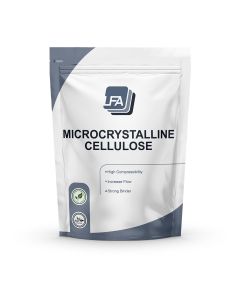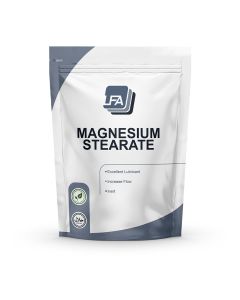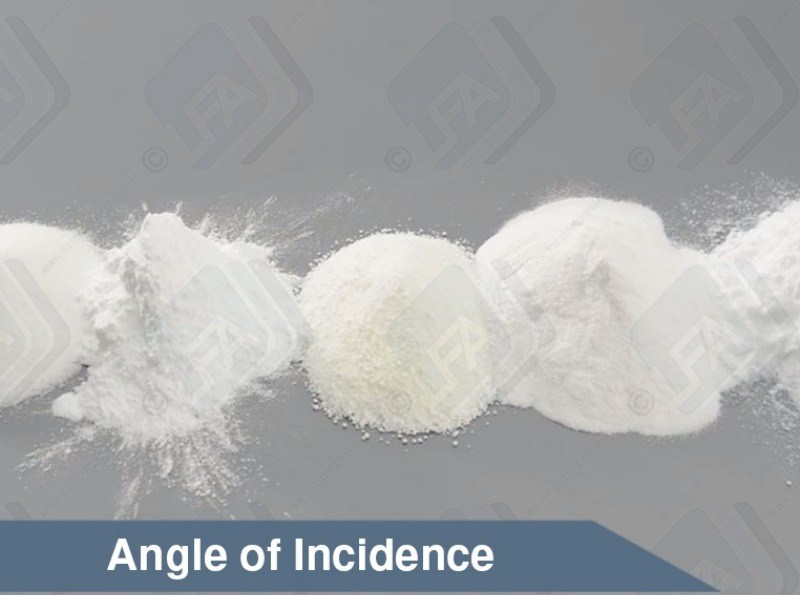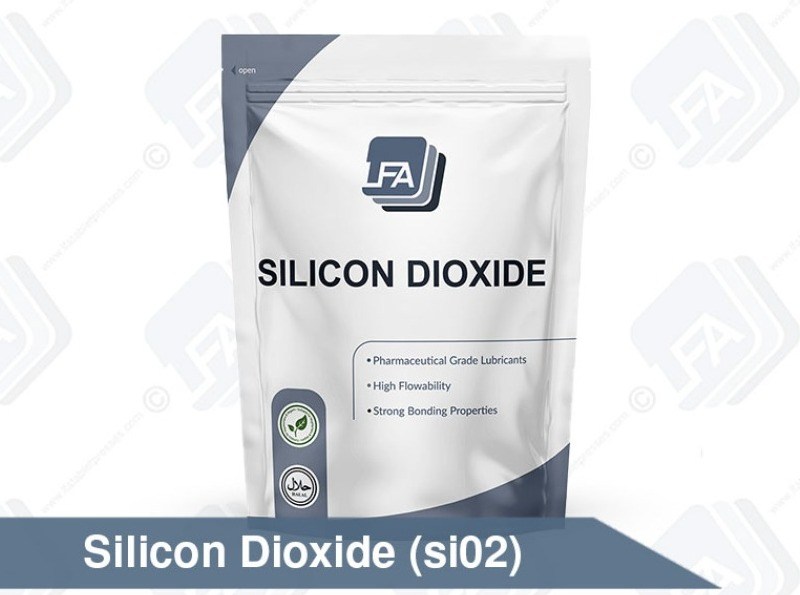二酸化ケイ素はシリカで知られる賦形剤です。それは多機能で製造工程をより容易にします。これは、使用している他の成分または体内物資に反応しないということです。製造も消化をしやすくします。融点も沸点も高く水に溶けない物質です。ナチュラルグレードとシンセティックグレードがありますが、各々は同一の化学組成があります。流動性を高め装置への付着を抑えるのでよく使用されます。
二酸化ケイ素は、周囲の水分を吸収します。化粧品または食品メーカーは、そのような理由からよく二酸化ケイ素を使用します。その応用は、製薬会社にも求められています。異なるメリットは、同時に作用してより容易でスムーズな製造工程に生み出します。
二酸化ケイ素は、シリカ100gあたり最大300gの液体を吸収できる高空隙率があります。これは、液体成分が容易に流動粉末に変化できるということです。その流れ品質を改善するために流動促進剤として機能します。製品が機械を通って流れ装置に付着しないようにします。シリカを使用すると、APIの湿潤感知の安定性も向上します(APIとは「有効医薬組成物」の略称)。この能力は、機械の劣化を引き起こす可能性がある水分量を減らします。ユニークな吸湿効果があります。これは、被覆や付着の耐性により迅速な錠剤化を促します。
二酸化ケイ素は、地球上に十分ある興味深い要素です。地球上のどこにでもあり、地殻の60%と有名な岩の93%を作り上げています。石英としても知られています。私たちの体内組織、植物や食品の中にあります。健康的な骨、皮膚、髪の毛、歯や爪になくてはならないものです。二酸化ケイ素の欠乏は、不十分な骨形成や不健康な皮膚や歯になる恐れがあります。
二酸化ケイ素を正しく取り扱うことは重要です。これは、製品の有効期間を延ばし人々の安全を保証します。二酸化ケイ素に触れたら、目や皮膚を刺激する可能性があります。それを扱っている間は、吸入を防ぐためマスクを着けましょう。製品を正しく使用すれば、使用する準備が整うまで優れた状態のままでいられます。
二酸化ケイ素は、多機能で人気の高い賦形剤です。それは効果的で製造工程をより効率的にします。
| 名称 | 値 |
|---|---|
| CAS番号 | 7631-86-9 |
| 分子式 | 60.08 g/mol |
| 外観 | 白色の粉末 |
| 物理的状態 | Solid |
| 保管方法 | 室温で保管 |
| 融点 | 1,713 °C |
| 密度 | 2.648 (α-quartz) 2.196 (非晶質) g·cm−3 |
| 分子量 | 60.08 g/mol |
| 資料 |
不耐データ 技術仕様書 |
Yes, it does not matter what age, size or sex the person consuming the products is. It is, however, important to check the intolerance data.
Yes, all of the excipients are safe for human or animal consumption. There are some precautions that should be taken when handling them and there are some people that might have intolerances to some of them. Information on this can be found in the products MSDS and Intolerance Data Sheet. This can be found in this section for every excipient.
Yes, there are all of them can be found in the intolerance sheets for each product. The intolerance sheets can be found here: https://www.lfatabletpresses.com/product-data
FFFFFF Yes, we have bulk pricing for all of our excipients, and these can be found in this section. We offer bulk in 500 kg, 1 ton, 2 ton and 5 ton lots. The prices are set on these quantities as these are the amounts that will fit on pallets.
Yes. CoA stands for Certificate of Analysis this is also known some times as an MSDS (Material Safety Data Sheet) all of the information contained in a CoA is inside the MSDS for every LFA product which is emailed to you after purchase.
Yes. There are two things at play here. You can get hygroscopic and hydrophobic excipients. Hygroscopic means that they take on water quickly, while hydrophobic means that they repel water.
There are products know as supper disintegrants. These products help the breakdown of tablets. At the moment LFA does not sell any supper disintegrants.
Magnesium stearate is hydrophobic this means that it will slow the breakdown of a tablet.
However, it is used in such small amounts that most of the time it will not make a difference to our customer's products. If they would like to be sure then they should conduct what is known as a disintegration test.
Firmapress - 2 years form batch date.
Dextrose - 3 years from batch date.
Dicalcium Phosphate - 3 years from batch date.
Microcrystalline Cellulose -
Magnesium stearate -
Lactose - 2 years from batch date.
Silica Dioxide - 2 years from batch date.
here are 6 steps that should be followed as a general rule of thumb when cleaning contact surfaces that have come into contact with powders:
Dry Clean - First you need to remove as much of the dry powder as possible. You can do this using a hover/vacuum. Make sure that the vacuum you are using has a filter good enough to handle fine dust.
Wet Clean - Next you need to perform a wet clean. This can be done with warm water and soap or if available an ultrasonic cleaner.
Rinse - Next you need to rinse off any soap with potable water (drinking water). You do not have to do this if you used an ultrasonic cleaner in the last step. It is important to ensure that all parts are thoroughly dried immediately after washing to avoid any rusting.
Sanitise - Next you need to sanitise the surface. This step is recommended by the FDA. There are a number of sanitising solutions available designed to be applied and left on.
Lubricate - You now need to lubricate any parts that require it. This should be with the appropriate grade oil or grease considering your use and greasing chart. Store - Finally store any of the parts in a cool dry place. If you are storing them on the machine then make sure the machine is in a temperature controlled environment with low humidity.
Dextrose - approx 100 mesh
Dicalcium Phosphate - approx 100 mesh
Microcrystoline Cellulose - approx 120-200
Magnesium sterate -
Lactose - 80 mesh
Silica Dioxide -
Firmapress - 100-200 mesh
Dextrose - Sweetener, binding agent, good for chewable tablets or candy.
Microcrystalline Cellulose - Binder, filling agent. Good at binding tablets and making them bigger. It can also be used as a filler for capsules.
Magnesium stearate - Dry Lubricant. This stops products from getting stuck to the tooling. It can also help with powder flow issues and caking issues.
Lactose - Binder, sweetener and bulking agent. It has a large mesh so it flows well but most people do not like it because of the intolerance issues.
Silica Dioxide - Flowing agent. This assist powders in flowing smoothly through the machines. It also helps with cacking issues where powders get stuck to the machine.
Firmapress - 2 years form batch date.
Dextrose - 3 years from batch date.
Dicalcium Phosphate - 3 years from batch date.
Microcrystalline Cellulose -
Magnesium stearate -
Lactose - 2 years from batch date.
Silica Dioxide - 2 years from batch date.
If your product does not bind well then we would recommend using MCC. This can be used in any % the limiting factor is the size of the tablet.
If the amount of MCC you would have to use would be too much or if you do not want to use MCC then you have 3 other options: Ask your supplier for a directly compressible or tabletable grade of your product. Spray dry your product. Wet granulate your product.
If your product is sticky then you will need to add a dry lubricant to your mix. For this, we recommend magnesium stearate.
We do not recommend that you add more than 1% to the mix as more than this can cause capping. If your product is still sticky at this point then we would recommend looking into granulation.
If your product or API is clumpy then you will need to add an anticaking agent. For this, we recommend silicon dioxide. We only recommend adding a maximum of 2% of this to the mix
 結晶セルロース$46.99
結晶セルロース$46.99 ステアリン酸マグネシウム$29.99
ステアリン酸マグネシウム$29.99








